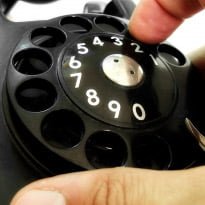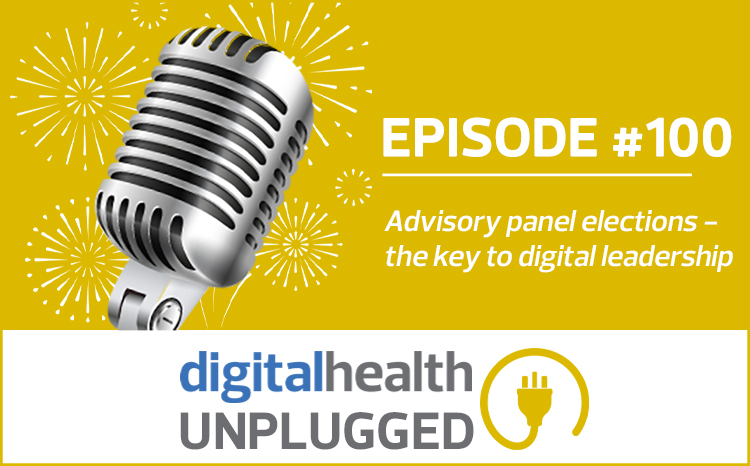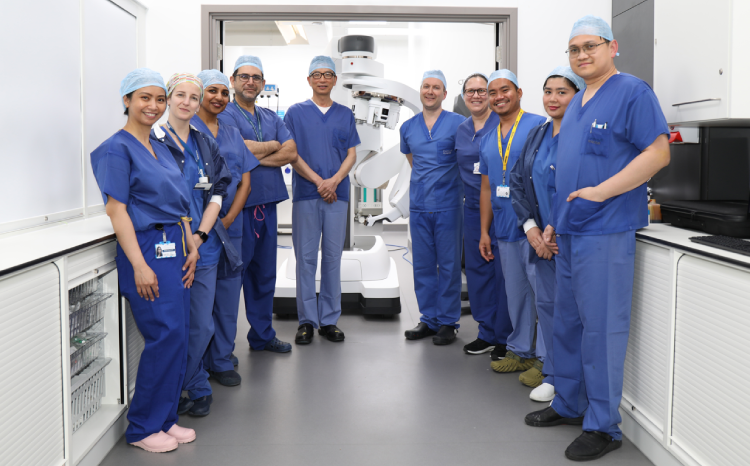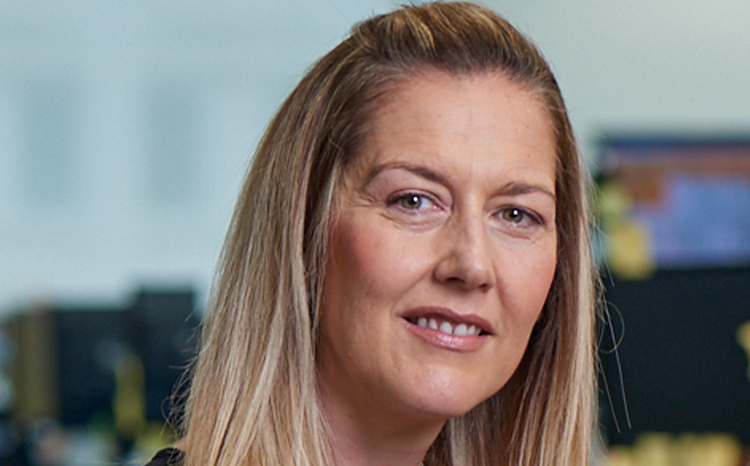Choices and 111 reach usage milestones
- 28 October 2014

Two NHS public technology services have hit milestone usage figures, according to figures put out by the Health and Social Care Information Centre and the Department of Health.
The NHS Choices website has gone past the one billion page view mark, seven years after its launch, while the NHS 111 telephone service is now fielding one million calls each month.
The HSCIC announced the landmark for NHS Choices, along with a range of site statistics for what it says is the UK’s largest health website.
NHS Choices was set up in 2007 as a comprehensive health information service to provide patients and the public with details on NHS services and information about health conditions.
The website features 20,000 regularly updated articles and has received 389m visits in the first ten months of 2014, compared to 360m visits for the whole of 2013.
The site reached the one billion page view mark in March this year, and has now had nearly 1.3 billion views. A weekly record for views was set in the week beginning 6 October, when 10.9m site pages were visited.
Cleveland Henry, director of delivery for NHS Choices, said in a statement: “Since 2007, members of the public have used our website to help them find services and trusted health information.
“We remain more committed than ever to delivering the needs of the public through digital healthcare information and aspire for the website to become a world-leading, multi-channel service and front door for digital health.”
In the early days of the coalition government, it looked as if NHS Choices would be replaced by an ‘integrated customer service platform’; billed as “the new digital front door for the NHS”.
However, the beta launch of the ICSP last November turned out to be a re-launch of the existing site, with some new features, such as an ‘accountability tool’ to give people some insight into NHS quality and clinical indicators.
Further, “module, agile functionality” is supposed to be added. Despite this, the figures issued yesterday indicate that the most visited pages are those holding traditional health advice; over half of all visits to the site are for articles on treatments and conditions.
Meanwhile, the DH used its Twitter feed and Tumblr account to announce that calls to NHS 111 have now reached a million each month; that most calls are answered within 60 seconds, and that satisfaction rates have reached 90%.
Former health secretary Andrew Lansley announced in 2010 that NHS 111 would be rolled out nationally to replace the NHS Direct telephone advice service that had run since 1998.
The roll-out was plagued by contracting problems, delays in answering calls and claims that it increased pressure on ambulance, A&E and other out-of-hours services.
However, NHS England now wants to enhance the service to support medical director Sir Bruce Keogh’s review of urgent and emergency care.
A new round of NHS 111 procurements was put on hold while a service specification was developed for a beefed up service, which is due to go live in 2015-16, and which has also been described as a "new front door for the NHS".
In keeping with its social media format, the DH release focuses on the lighter side of the service, giving figures for some of the reasons that people have called NHS 111.
It says it has received 500 calls from people with objects stuck up their noses or in their ears, 90 from people complaining about broken nails, 217 from callers worried about “genital injuries”, 99 calls about “human bites” and six about snake bites.
Health secretary Jeremy Hunt said the service is “helping the NHS deal with growing demand by directing people to the most appropriate place for their injury or illness.”




